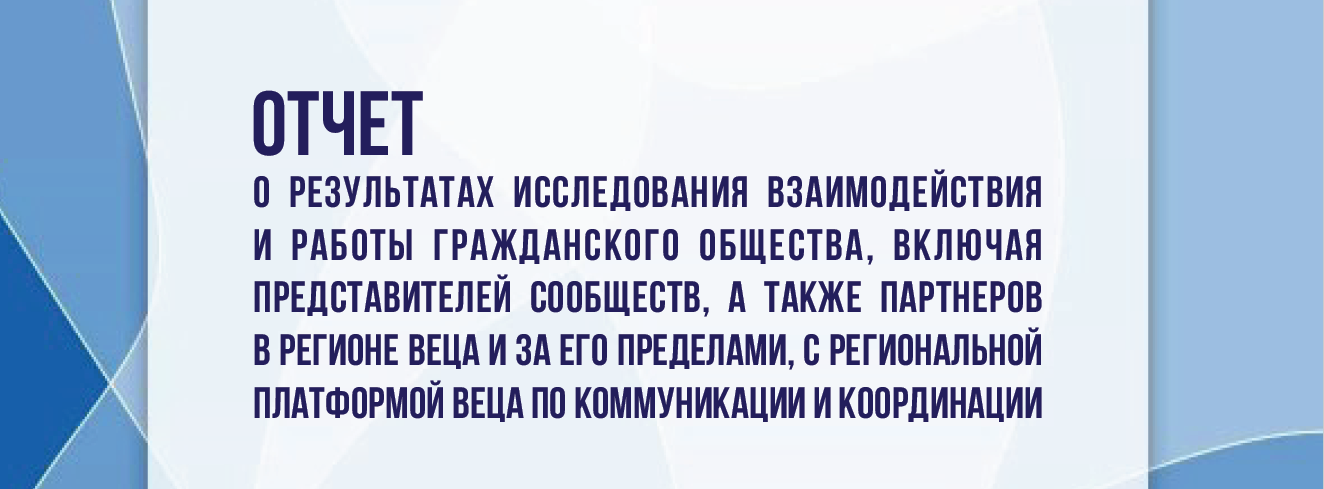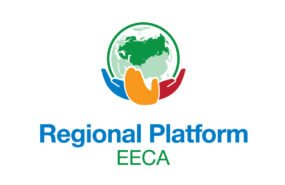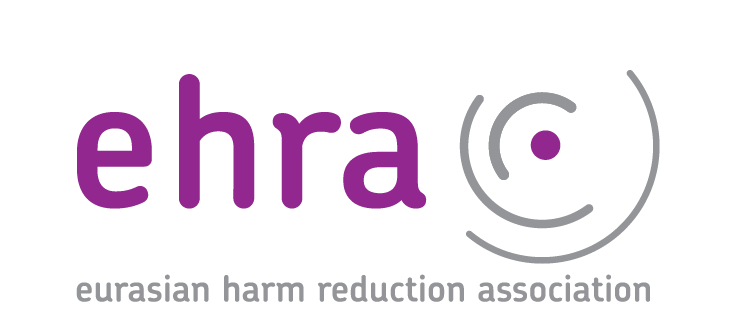Important for all Global Fund grantees: “helpline” email from StopTB Partnership
- 08.11.2016 08:07
- Post Views: 1,117
Geneva, 4 November 2016
Dear all,
Coming back from Liverpool and the World Conference on Lung Health, I believe that it is time for a quick reality check.
We have 14 months, more than USD 900 million and a unique opportunity to ensure that the funding from the Global Fund (GF) for TB programs are utilized completely and for maximum impact, before the end of current funding period – 31 December 2017.
As we all are here to support you, we created a “helpline” email address spendforimpact@stoptb.org that we strongly encourage you to use. Send an email to share with us the bottlenecks you face (irrespective of their nature) in putting the funds to work. We will do our best to support you overcome them.
Here are the details:
- Current funding:
According to the Stop TB Partnership estimates:
- 2014 – Global Fund disbursements for TB grants were approximately USD 450 million and in 2015 this was about USD 500 million.
- 2016 – For the first 6 months – USD 210 million was disbursed, while the overall envelope for TB in 2016 is USD 700 million.
This means that about USD 500 million is to be disbursed in the second half of 2016.
- 2017 – An additional USD 700 million is available for disbursement.
Nobody needs to be Einstein to realize that we have a significant task ahead of us all:
Ensure that the full envelopes of at least USD 900 million are disbursed and used for the biggest possible impact in reaching our targets over the remaining 14 months left till end of 2017!!
Moving from a monthly rate of USD 35 million to USD 60 million.
Please be aware that – at the end of December 2017 (or whenever your grant end date will be) this is what will happen:
- No funds can be used from existing grants beyond original grant end date.
- Costed extensions are possible but the funding will be deducted from the next country allocation.
- Unused funds at the original grant end date will be used for portfolio optimization investments and to top up grants with high absorption levels and good performance.
In my own words – the funds from TB grants that are not used at the end date of the grant will NOT belong anymore to that grant, country or disease.
- Future Funding
Each Global Fund eligible country will receive the allocation funding letters in December 2016. The country allocations are developed based on several criteria, including disease burden, GNI per capita and others, including qualitative factors. One of the most significant ones are the expenditure and absorption rate.
Important to remember that going forward there will be NO consolidation of funding across allocation periods AND there will be an ongoing portfolio optimization.
In my own words, this means that programs that cannot fully use their allocations will be receiving less in the future.
As a TB Community, we are all frustrated that we have been allocated only 18% of the Global Fund resources, even when we see the new data showing a much higher burden than we previously estimated (10.4 million TB cases) and that TB killed 1.8 million people in 2015 (more than HIV and Malaria put together).
As a TB community we are not satisfied and have adopted ambitious targets in our Global Plan and the End TB Strategy. We also know what works in TB and are excited to have new drugs, regimens and diagnostics which need to be scaled up with accelerated and bold timelines.
It is time to roll out the new tools, the new medicines, the new pediatric formulation, the new shorter MDR-TB regimen, the new diagnostics, and new approaches to reach the missing millions of people with TB.
So, our only option is to grab this challenge by the horns and put the money to work.
- We know that a lot of the available funds are in some of the biggest TB burden countries.
- We know it is time to scale up and push action to make impact on this disease.
- We know that main bottlenecks are probably within 4 categories:
i. The flow of funding from Global Fund to the PR and from there to the SR and SSR – is often complicated, cumbersome, with too many checks and balances.
ii. The in-country rules and regulation – on a daily basis we deal with red tape, a lot of bureaucracy, legal/administrative battles and risk aversion and delays.
iii. The in-country politics (between the PRs, disease programs and SRs) – in some places their magnitude and severity are mind-boggling.
iv. Technical bottlenecks of implementation, translation of guidelines into practical operations, and larger than TB issues related to health system, poverty and social factors that are all derailing our progress.
I am not here speaking only on behalf of the Stop TB Partnership Secretariat, but on behalf of all of the Stop TB Partnership partners, including the Global Fund.
To be able to help – we need to know – do not be shy to share your bottlenecks through the hotline address provided (irrespective of their nature) – spendforimpact@stoptb.org
We will get back to you ASAP.
As the old saying goes, a lot of opportunities are wasted because they come disguised as hard work. While this is a huge challenge, it is also an opportunity for the TB community to prove the point that we can bridge the gap between our dire existing needs with the existing funding. The clock is ticking. We have 14 months left.
Further details are available through the presentations below that were delivered during the one-day symposium, which the Stop TB Partnership organized, in collaboration with the Global Fund, WHO and USAID on the margins of the 47th Union World Conference on Lung Health. The meeting brought together National TB Program Managers, technical agencies, and civil society representatives. It provided a unique platform to discuss two priority areas where TB stakeholders will be enhancing focus and action in the coming months:
- Current needs and effective ways to improve absorption in countries for optimal implementation and impact of current Global Fund grants, and the
- New funding cycle (2017-2019) of the Global Fund, with special focus on country allocations, access to funding, differentiated approach and catalytic funding
All presentations of the meeting can be accessed through the links below:
- Global Fund TB Investments: Accelerating Progress Towards Impact
- Implementation and Challenges of TB Grants in High Impact Africa
- Current Funding Cycle Challenges and Issues for 2017
- Introduction to the 2017-2019 funding cycle and the differentiated funding application process
- Catalytic Funding: Overarching theme ‘Missing people with TB’
- Revolutionizing Our Response to TB Epidemic: Addressing human rights and gender barriers and strengthening community action on TB
- Smarter Use of Global Fund Resources for Impact: Partners perspective
- USG Global TB Strategy: 2015-2019
Source: Stop TB Partnership newsletter
Related News
Services for migrants and refugees from Ukraine – HIV/TB care with a focus on key populations
Due to the increasing flows of refugees from Ukraine because of Russia’s invasion of Ukraine, the EECA Regional Platform created a spreadsheet to fill contacts details of face-to-face and online services for refugees and migrants (with a focus on HIV/TB care and key population groups).
Regional Platform – EECA
This web-resource is a part of new regional communication and coordination project “Regional Civil Society and Community Support, Coordination and Communication Platform - EECA”, implemented by Eurasian Harm Reduction Association (EHRA).
Tags
See also
-
EECA’s Regional Platform monthly Newsletter #17, October 2025 21.10.2025 11:18
-
Technical support: Global Fund’s CE TA Program 2024 20.10.2025 09:28
-
EECA’s Regional Platform monthly Newsletter #16, September 2025 18.09.2025 16:23







